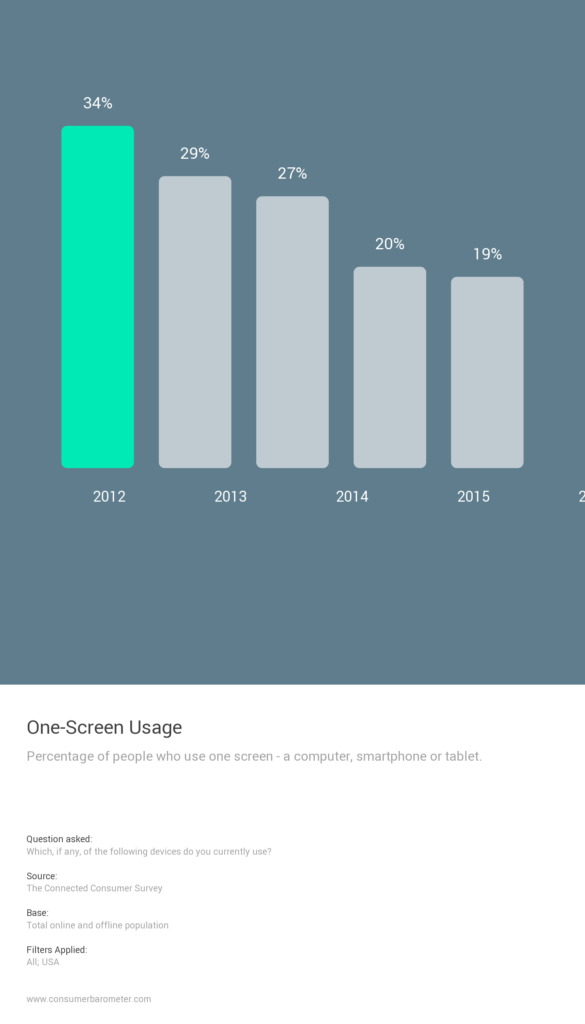For mortgage professionals, having a strong web presence is one of the most effective ways to market their loan products and services. It helps them reach a larger audience and makes it easier for loan shoppers to find them. A good website can increase your potential client, but having just a pretty website is not enough, there must to be a strong and well thought marketing strategy in place too.
The five most important elements of a successful mortgage marketing strategy are:
Content
The content on your website is the most important thing. It is what decides if a visitor turns into a potential customer or not. Most loan shoppers visit mortgage websites to learn about their options and the entire loan process. When they don’t get what they are looking for they get frustrated and move on. Make sure to post fresh, well-researched and original content regularly on a variety of topics (including what’s hot and interests loan shoppers) to better engage with your viewers.
Your website needs to have detailed and easy to access information on all the loan products and services you offer. Make sure to put the most important key content first. It has to be compelling as well for your customers to trust you.
Multi-device Users
Your website needs to adapt to different devices used by online visitors. In 2016 there are only 19% people who use one screen ( a computer, smartphone or tablet) – Source Consumer Barometer. With over 72% people using smartphones, over 42% using tablets, ignoring the lure of a responsive website now runs the risk of alienating a large proportion of your online audience and will hurt your mortgage company marketing strategy.
Also Responsive mortgage websites are loved by Google. According to Google, responsive websites will perform better in search rankings because they provide a better user experience than sites that are not mobile-friendly.
Get On The SERP
The most trusted method of getting information was and still is through online search results. People like and trust more what they see on a SERP. A search engine results page (SERP) is a page displayed by a search engine in response to a query by a searcher. Depending on many factors (but most importantly your targeted keywords), getting on top of search engine results page could be a breeze or an extremely difficult task. The first step to get there is to carefully optimize your website. A well optimized website will help the search engines identify what your site is all about, and how it relates to what the user is looking for. To start with:
- Use meta tags (title, keyword, description…)
- Choose and add keywords where they belong…
- Have a well structured website
- Use Alt tags for your images
- Get inbound links
- Create and submit sitemap to search engines
- Add fresh content on regular basis
Social Media Marketing
Generally speaking, social media marketing refers to the process of gaining traffic or attention through social media platforms and websites. It’s recommended to create a social media marketing plan, but most of mortgage professional may take very long to create a workable plan. So instead of waiting months for a detailed comprehensive plan, just get answers to these two questions and get started.
What are you hoping to achieve through social media marketing?
Who is your target audience and what (of their interest) you should use to get their attention?
There are literately thousands of social media websites and platforms but you must at-least engage with users here:
- Google+
Lead Capture & Email Marketing
The ultimate goal of your website is to drive more sales. This essentially means, you MUST be focused on capturing leads for your website. A lead is simply the contact information of a prospective customer. On web, we capture leads using mortgage lead capture forms. The contact information collected can be as simple as an email address, or as detailed as a long 30 minute application.
Visitors don’t always purchase straight away, statistics say that only 1-3% of website visitors make a buying decisions the first time they visit a website. Capturing customer details allows you to continue to market to the remaining 97% of visitors who did not become your customers the first time around.
Using the email marketing you can educate them, build trust and finally convert them into customers. And again, majority of people read emails on hand held devices, so make sure your emails are mobile ready to.


Leave a Reply